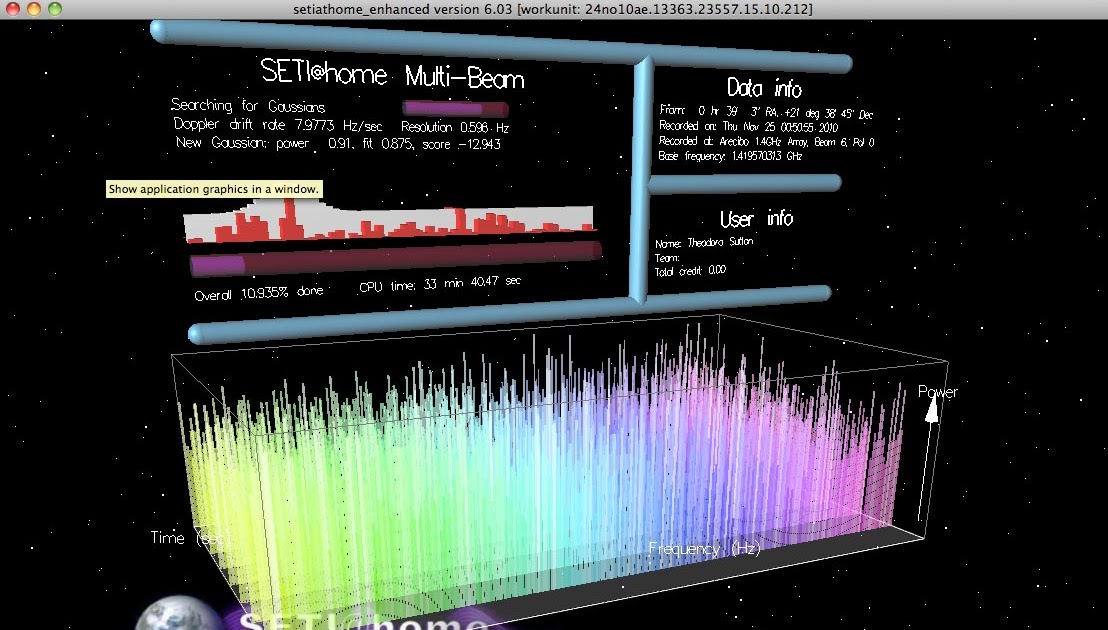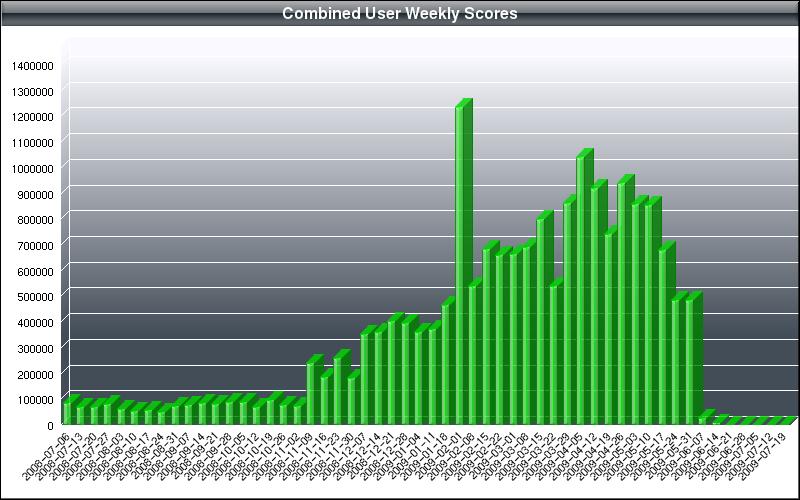

These attributes could enable vaccination at a global scale by reaching people in areas where medical, transportation, and storage resources are limited. The Seattle scientists behind the new vaccine sought to create a ‘second-generation’ COVID-19 vaccine that is safe, effective at low doses, simple to manufacture, and stable without deep freezing. In addition, the South Korean government has agreed to purchase 10 million doses for domestic use. If approved by the World Health Organization, the vaccine will be made available through COVAX, an international effort to equitably distribute COVID-19 vaccines around the world. SK bioscience, the company leading the SKYCovione’s clinical development abroad, is now seeking approval for its use in the United Kingdom and beyond. The vaccine, now known as SKYCovione, was found to be more effective than the Oxford/AstraZeneca vaccine sold under the brand names Covishield and Vaxzevria.

South Korea to purchase 10 million doses for domestic useĪ vaccine for COVID-19 developed at the University of Washington School of Medicine has been approved by the Korean Ministry of Food and Drug Safety for use in individuals 18 years of age and older.University of Washington to waive royalty fees for the duration of the pandemic.The protein-based vaccine, now called SKYCovione, does not require deep freezing.Clinical testing found the vaccine outperforms Oxford/AstraZeneca’s.
#SETIATHOME BOINC FULL#
The IPD is excited to announce it's first designed protein medicine with full approval abroad.Ĭongrats and thank you to all contributors! The computing you have provided has greatly aided in de novo protein design challenges such as vaccine development leading to breakthroughs like this.įor more information you can visit the IPD vaccine news post.

If you've ever wondered what you can do to help, this is something to consider.COVID-19 vaccine with IPD nanoparticles wins full approval abroad By using distributed computing, we can split up the simulation, run each piece through a computer, and then combine them together afterwards. So it seemed natural that we might be able to get it done in 10 days if we had access to 100,000 processors. the calculations we wanted to do would take about a million days on a fast processor. "Science United is also intended to serve as a unified "brand" for VC, so that it can be marketed more effectively."Īnother project,, does similar work with spare cycles: For example, Science United has no leader boards. "The user interface of Science United is designed to appeal to a wider audience than the current BOINC user base, which is mostly male and tech-savvy. The goal is to provide the power of VC to thousands of scientists, rather than a few dozen as was previously the case. It has the advantage that new projects can get computing power without having to do their own publicity and volunteer recruitment. "We call this the coordinated model for VC.

Science United assigns computers to appropriate projects these assignments may change over time. With Science United, computer owners volunteer for science areas rather than for specific projects. "Science United is a new way to participate in BOINC. It is used by most VC projects, including, ,, IBM World Community Grid, and "BOINC is the preeminent platform for volunteer computing (VC). The best way to do this is to join Science United and check the Biology and Medicine box." we encourage you to continue donate computing power to science research-in particular, research on the COVID-19 virus. It was easy to see how different processors affected the speed of completing work units.Īs of March 30, no longer sends data for clients to work on, but if you still enjoy using your spare machines, or have considered setting up a spare machine for distributed computing like this, they suggest some alternatives: Many years ago as a young-ish administrator, I ran There were clients for different operating systems, including AIX.


 0 kommentar(er)
0 kommentar(er)
